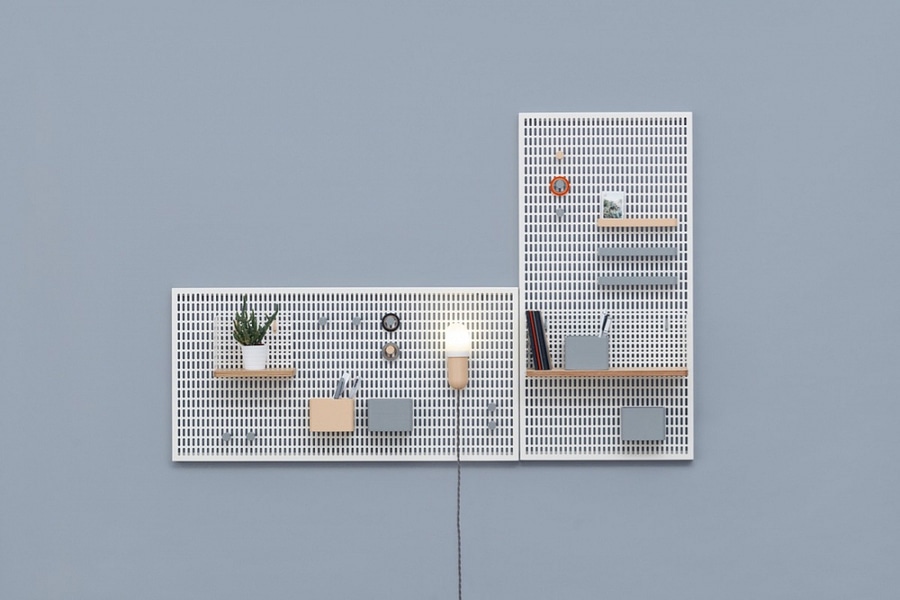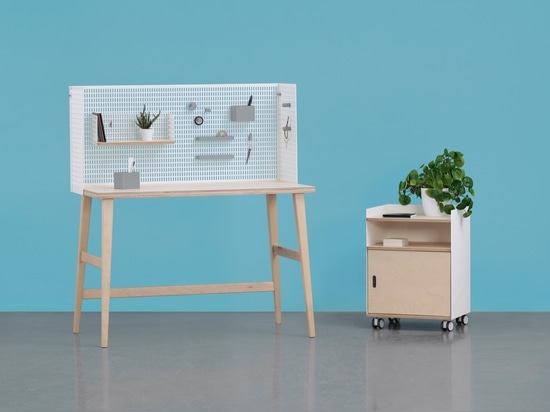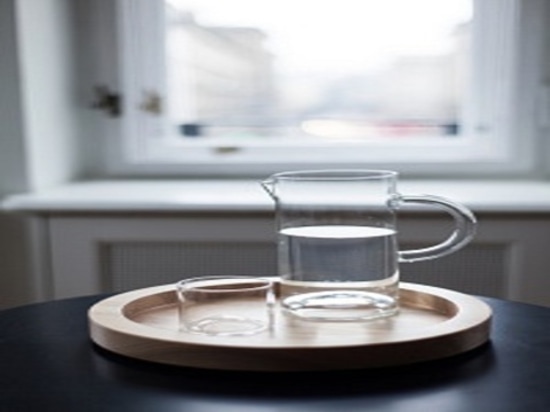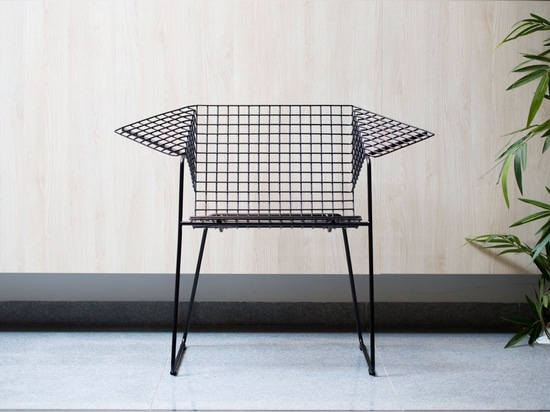
#White Papers
Design: Poland in the Spotlight
In a typical conversation about Europe’s most design-forward countries, Poland doesn’t exactly leap off the tongue. However, this former member of the Eastern Bloc is quietly hard at work smashing a dated preconception—with far-reaching results.
As the third largest European exporter of furniture, Poland clocked in 10.2 billion euros in 2014, behind Germany (15.6 billion) and Italy (12.4 billion). Yet, until recently, while Germany and Italy drew from domestic sources for design talent, Poland merely provided factories and cheap labor.
Partially to blame is Poland’s difficult history, which had a resoundingly negative effect on the creativity and production capacity of its product design industry. As Anna Frackiewicz explains in the book We Want to be Modern: Polish Design 1955-1968 from the Collection of the National Museum in Warsaw:
"The country’s cultural policy underwent gradual changes, civil liberties were limited and censorship became more severe. Conscious of their mission, skills and possibilities, designers came up against a wall of conservative habits.
While 1950s and 1960s Europe powered full-speed-ahead with the Modernist Movement, Poland’s position behind the Iron Curtain both curtailed creativity and left many talented designers undiscovered. Clever prototypes gathered dust, never to reach the manufacturing chain. Furnishings were highly restricted by materials available—mostly wood and metal, since plastics were virtually impossible to obtain—and focused strictly on function.









